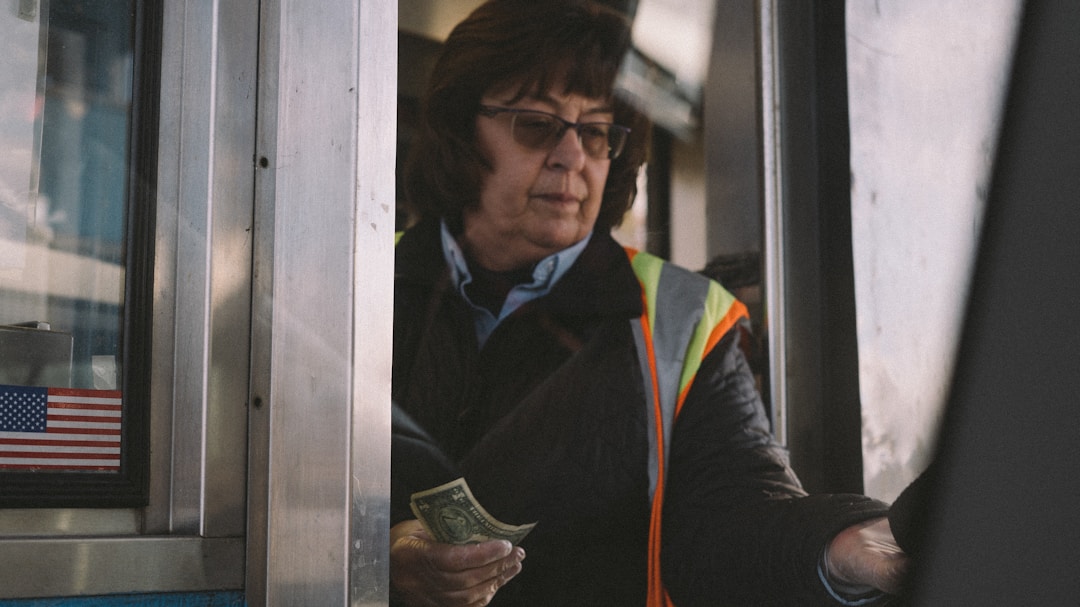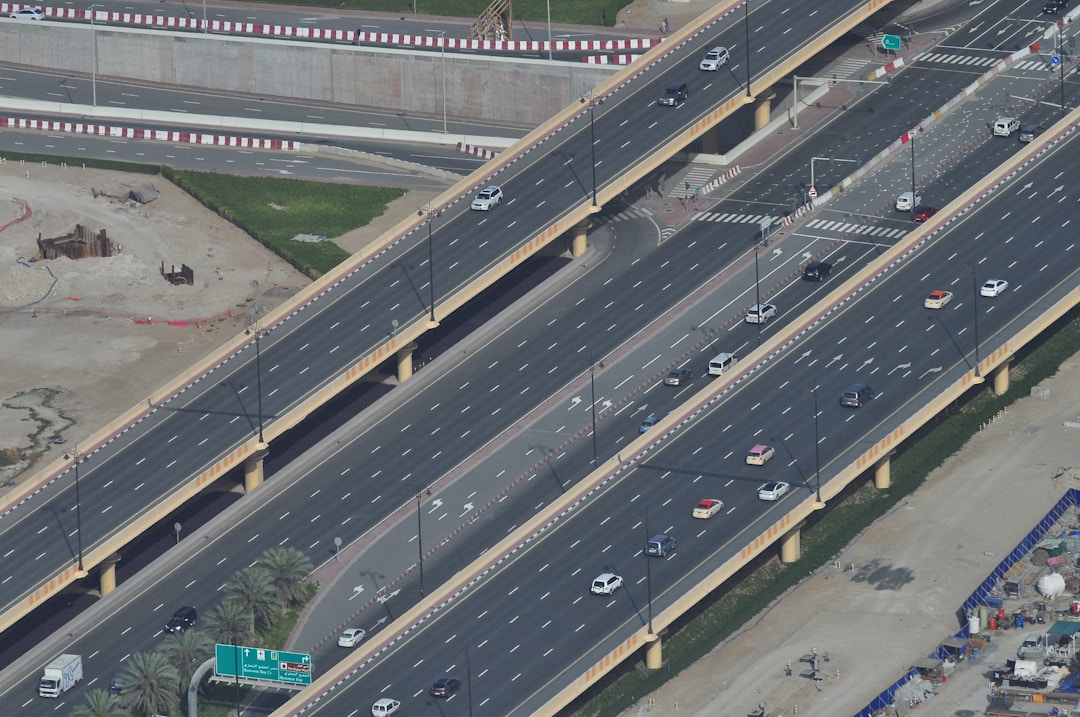The United States is lined with more than 164,000 miles of highway. According to the Federal Highway Administration (FHWA), nearly 6,000 miles feature pay tolls. Toll rates are managed by federal, state, and private groups that use the funds for road maintenance and construction. Highways, bridges, and tunnels can all have tolls. Some toll roads are more expensive than others, and the last thing you want is to be caught by surprise. Take a look at some of the most expensive tolls in the U.S.
What exactly is a toll road?
A toll road is either a section of or an entire highway that charges drivers a fee to use the road. These tend to be faster and less congested routes. Every driver is required to pay the posted toll rates at the toll booth. A camera will capture your vehicle’s license plate number and send a citation to your home if you fail to pay at the toll booth, even if you’re in a rental car. It’s a good idea to do some research on state routes to determine if you will encounter a tollway system.
Some toll plazas are electric and others use transponders. Frequent drivers can purchase Fastrak accounts and take advantage of driving through the express lanes at toll plazas. You should check with the local highway authority to determine how much the toll road system costs. There are four types of tollways that you’ll encounter in the U.S.: toll roads, toll bridges, toll tunnels, and toll ferries.
Where are the most expensive tolls in the United States?

You will inevitably drive a toll road one time or another. The FHWA is the leading federal agency that monitors tollways. You’ll typically encounter a tollway system in a busy, congested area such as New York City and growing parts of Florida. You can find a ranking of the most expensive toll roads in the U.S. at carinsurance.org.
The most expensive toll roads include Whiteface Mountain Veterans Memorial Highway in New York with a pay toll rate of $1.25 per mile compared to the 17-Mile Drive in California which costs $0.59 per mile. The Chicago Skyway in Illinois and the Fort Bend Parkway in Texas are tied for a rate of $0.51 per mile. The least expensive toll road is the Delaware Turnpike which costs $0.29 per mile.
Toll bridges are less common than toll roads and are found in large urban areas. The most expensive toll bridge is the Chesapeake Bay Bridge in Virginia at a rate of $30 round trip. Drivers pay $15 one-way on the Verrazano-Narrows Bridge in New York and $13 one-way on the George Washington Bridge in New York. The Golden Gate Bridge in California charges drivers $7 one-way, and the Tacoma Narrows Bridge in California charges $5.50 one-way.
The Big Apple is responsible for three out of five of the most expensive toll tunnels in the U.S. The Lincoln and Holland Tunnel in New York costs a staggering $13 one-way, closely followed by the Anton Anderson Memorial Tunnel in Alaska at $12 one-way. The Fort McHenry Tunnel in Maryland costs drivers $8 round trip. Coming in for a tie at $7.50 one-way are the Hugh L. Carey Tunnel and the Queens-Midtown Tunnel in New York.
Are tolls avoidable?

Not all states have toll roads. Of all the 50 states, 36 states have a tollway system and 14 don’t. The majority of toll road-free states are in the Mountain West or Southwest. While there tends to be less traffic congestion on toll roads, making a series of one-time payments can really add up. A clever way to avoid toll roads is to customize the settings on Google Maps. Once you input an address, you can customize the route options to avoid tolls, highways, and ferries.
Most states in the U.S. have a tollway system. Some tolls are significantly more expensive than others, but if you don’t mind adding extra time to your travels, you can take alternative routes to avoid them.





